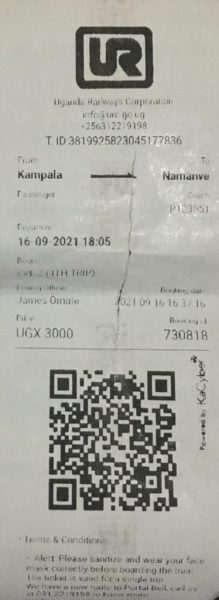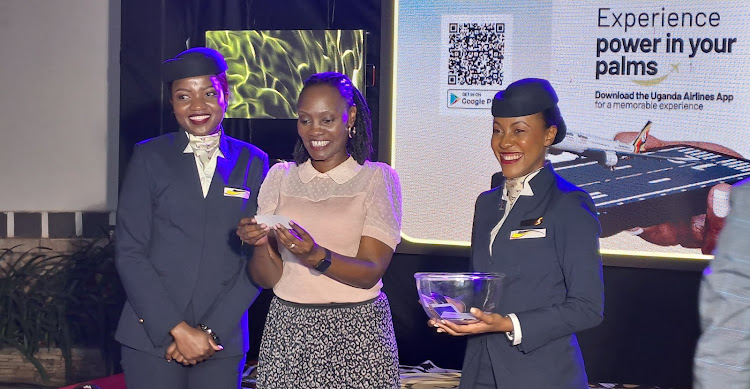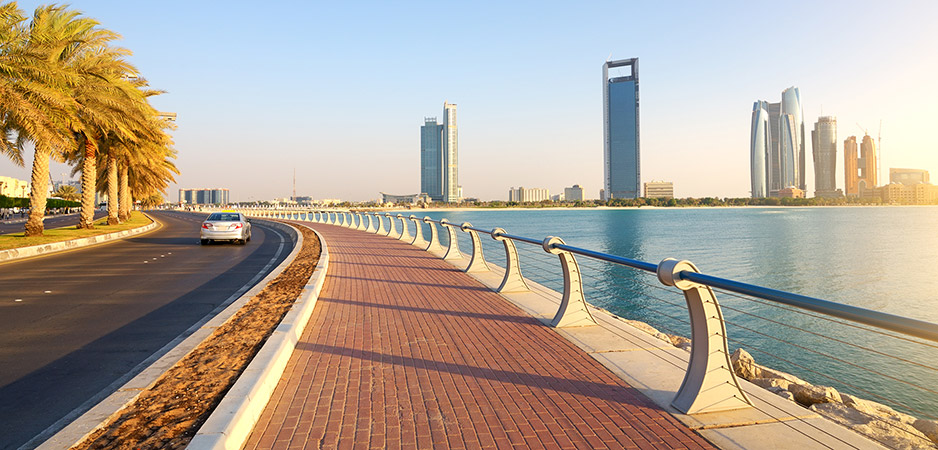After a long day running errands around Kampala town, evening has set in and it’s the usual rush hours as everyone is forging ways to get back home. As most of the city dwellers, I set out to get home but I’m not sure which transport means to use. Being a ‘simple’ Ugandan – I don’t own a car, public transport is ideally the only run to option lest no travel.
As I pass by the Uganda Railways, just below Victoria University, a common horn sounded by the city train is heard nearby. Scintillatingly, I recall reading some article on how train services around Kampala had resumed and thought of having a maiden train trip experience. Watching a number of people rush into the reception area, I can’t fight the curiosity and off I follow. Security operatives at the entrance serve me a sanitizer and my temperature is taken before being allowed to the reception.
At the reception, I tell the cashier, who is all busy serving trip tickets that I would be travelling to Kireka, one of the city suburbs. I’m not sure of the price so I hand him a 10k note, one I think can cover the trip fares for such a distance and I’m handed back 7k balance with a ticket. This meant my trip from Kampala city to Kireka would cost me Ugsh. 3,000. To me, this is fair as it’s directly comparable to what I would pay had I opted for alternative transport means.

Following other passengers, we descend to the loading area just below the reception. Here, I’m not sure which wagon to board as the loading train is long with many compartments. By random Instinct, I just get into one of the compartment and interestingly, I later find out it was the right pick. Inside the train, everyone is sited and I can’t trace any free sit. I notice a man in glasses holding a bar code reading machine checking passenger tickets. I hand over mine and it’s successfully checked, torn in the middle and handed back to me.
By luck, one of the sited women is ordered to go out and wait for his coach and I substitute her. I later come to know that different compartments/wagons were referred to as coaches and you were supposed to sit in your respective coach as indicated on the trip ticket. All this I was told by a simple middle aged man sited next to me who seemed to be a usual train passenger. He points out to some tag with a number stuck on top of the entrance and further explains that that’s the coach number. He goes on to inform me that all passengers pay the same route fare regardless of one’s stopping point.
Inside the train, there is pretty of open space and with television sets playing while stuck onto the walls, it all looks really welcoming. The freshly painted walls and clean interior supplement the cool space. The transparent side windows are half way open as passengers sit facing each other in two long columns.
Everyone on board, with their face masks clearly stuck onto their lower faces, looks tired as they patiently wait for the trip to begin. This can easily be recognized as some passengers rest on their shoulders with their eyes half closed. I realize most of the passengers are down busy facing their phones as others make phone calls. Some man a few seats from me is watching a wrestling fight on YouTube at a loud volume, something I find seemingly uncomfortable.
At around 6:20pm, the brakes are loosened and the long awaited moment comes as we take off. All I hear are some cracking sounds underneath as the train catches a steady speed. On board, it’s all calm and the wide interior makes it all comfortable for the journey. I realize the train moves at a simple steady speed with less distinct accelerations and decelerations especially while approaching crossing points and boarding stages. I also realize whenever it approaches a busy area or road crossing point, it sounds a loud horn possibly to command attention from the population about its approach.
On hearing its sound while in transit, I can relate why the train is referred to as a coach. Its sound reminds me of the college bus back at St. Mary’s college in my secondary school. All through the journey, it was all quiet and really calm. At 6:45pm, I finally arrive at my destination, the third stop over stage. While getting out of the cabin, I meet a police man by the door way. On inquiry from another passenger, I’m told they are always aboard on every trip primarily to keep law and order on board.
With the whole great new experience, I can’t give it a second thought if I were to use the train service next time. The trip was entirely calm, enjoyable and comfortable. A trip on a Ugandan train is cheap and fast. I always reflect on how I had missed out on such cool travel experience before.
I think today is a great day to head back to the train station for my next trip.
About the writer

The writer is a travel enthusiast and a Ugandan tourism and travel advocate and media publisher. He believes in sharing Uganda to the world and making the world a better place for everyone especially through the natural interactions of nature.
About Guide2Uganda
Guide2Uganda (www.guide2uganda.ug) is the most comprehensive source of travel information about Uganda that exists on the web, with more content on its cities & towns, accommodation, attractions, events, museums and galleries than any other online guide that currently exists for Uganda; as well as being a dynamic travel news and events driven site with fresh content added daily.
According to WeFollow & Peer Index (that measure online influence), we are among the most influential online media organizations in Uganda. Guide2Uganda was also awarded ‘’Best Destination Website in Uganda’’ by Jumia Travel Uganda in the 2018 Africa Travel Awards.
Share your travel stories & photos with the world via email: info@guide2uganda.ug




